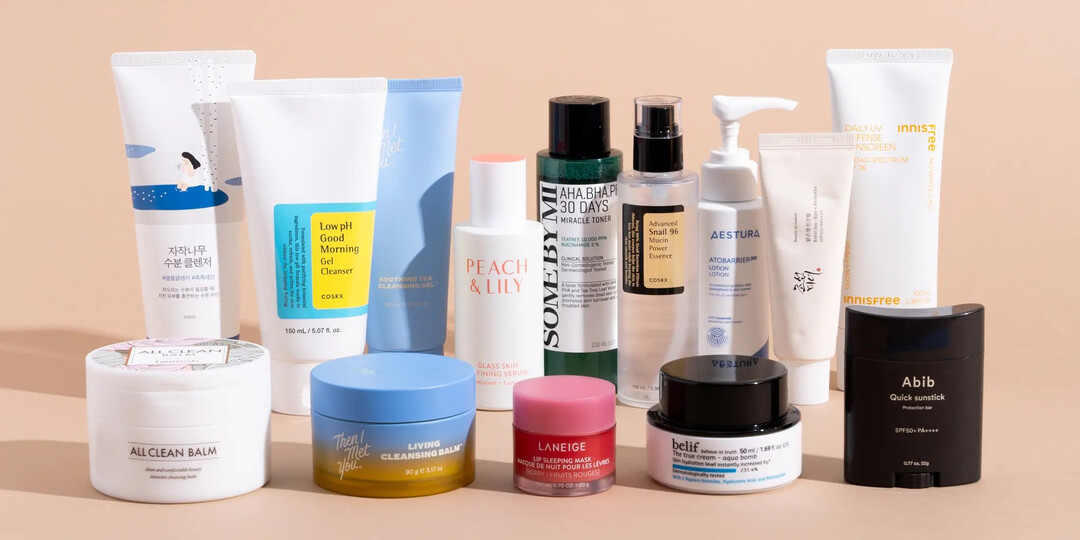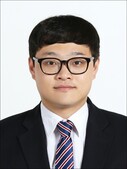
Manila, Philippines – The enduring global fascination with Korean beauty (K-beauty) continues to exert a powerful influence over the Philippine cosmetics market, propelling it towards significant growth. Latest market analysis reveals a valuation of USD 1.83 billion in 2024, with projections indicating a robust compound annual growth rate (CAGR) of 4.4% through 2033. This surge underscores the profound impact of K-beauty, driven by evolving consumer desires, the burgeoning e-commerce sector, and a deep-seated cultural resonance with cutting-edge skincare and makeup innovations.
Korean Beauty Giants Maintain Strong Foothold
The Philippine beauty sector is experiencing a boom, fueled by a youthful, beauty-conscious demographic and an expanding middle class with greater discretionary spending power. At the forefront of this expansion is K-beauty, renowned for its sophisticated formulations and intricate multi-step skincare regimens. Currently commanding a substantial 34% of the market share, Korean brands are a formidable presence, closely trailing the 35% held by established American players. Iconic South Korean brands such as Innisfree, COSRX, Laneige, Banila Co, and Dear Klairs have successfully captured the hearts (and wallets) of Filipino consumers, a feat attributed to their widespread accessibility, strategic endorsements by social media influencers, and the pervasive influence of Korean popular culture.
The allure of K-beauty lies in its core philosophy: a focus on intense hydration, the use of gentle yet effective ingredients, and the promise of tangible results. Products such as the now-ubiquitous BB creams and cushion foundations, the hydrating power of sheet masks, and the efficacy of serums infused with unique ingredients like snail mucin and Centella Asiatica extract have become indispensable components of the Filipino beauty routine. This preference for a minimalist yet highly effective approach to skincare extends beyond the Philippines, gaining significant traction in neighboring Asian markets including Thailand, Vietnam, and Indonesia.
Filipino and Asian Beauty Preferences Converge on Key K-Beauty Staples
Skincare remains the bedrock of the Philippine cosmetics market, with facial care products consistently generating the highest sales volumes. Within this segment, specific K-beauty innovations have achieved remarkable popularity among Filipino consumers:
Sheet Masks: Celebrated for their affordability and immediate hydrating benefits, brands like Mediheal and Dr.Jart+ are highly sought after, offering a diverse range of formulations targeting various skin concerns.
Cushion Compacts: Brands such as Laneige and IOPE dominate this category, offering lightweight, dewy finishes that are particularly well-suited to the Philippines' tropical climate.
Cleansing Balms and Oils: Banila Co's Clean It Zero has achieved cult-favorite status, becoming an essential first step in the double-cleansing method, a cornerstone of K-beauty adopted widely across Asia for its thorough yet gentle approach to removing makeup and impurities.
Serums and Essences: Formulations featuring potent ingredients like niacinamide, hyaluronic acid, and vitamin C from brands such as The Ordinary (while not strictly K-beauty, its ingredient-focused approach resonates with K-beauty principles) and Some By Mi are highly prized for their skin-brightening and anti-aging properties.
Interestingly, similar preferences are observed across the Asian continent. Thai consumers exhibit a strong inclination towards skin-whitening products, exemplified by the popularity of brands like Snail White. In Japan, there's a growing demand for lightweight sunscreens inspired by K-beauty's emphasis on sun protection without a heavy feel. The overarching desire for "glass skin" – a complexion characterized by its luminosity and apparent lack of pores – serves as a unifying beauty ideal across these diverse markets, with K-beauty often setting the benchmark.

Social Media and E-commerce: Catalysts for K-Beauty's Reach
Social media platforms, including TikTok, Instagram, and YouTube, have fundamentally altered the way Filipino consumers discover and acquire K-beauty products. Influencers and beauty vloggers play a crucial role in building trust and driving consumer demand through detailed tutorials and product reviews. E-commerce giants such as Lazada, Shopee, and Zalora have significantly enhanced the accessibility of these coveted items, leading to a steady increase in online sales. Despite this digital surge, traditional brick-and-mortar channels like supermarkets and specialty beauty stores continue to hold a dominant share of the market.
The burgeoning trend of social commerce, where consumers can directly purchase products through social media platforms, is further amplifying K-beauty's influence. Millennials and Generation Z, who prioritize convenience and peer recommendations, are particularly receptive to platforms like TikTok Shop, which are emerging as significant players in the beauty retail landscape. This trend mirrors the broader Asian market, where mobile commerce is rapidly reshaping the dynamics of beauty retail.
Navigating Challenges, Embracing Opportunities
Despite its impressive growth trajectory, the Philippine K-beauty market faces increasing competition. American and local brands, such as the popular Sunnies Face and Colourette Cosmetics, are intensifying their efforts to capture consumer attention. Local brands are strategically carving out niches by offering products specifically formulated for Filipino morena skin tones and incorporating indigenous ingredients like coconut oil, presenting a direct challenge to K-beauty's dominance in certain segments. Furthermore, disruptions in the global supply chain for essential raw materials, such as sunflower seed oil, and intermittent ingredient shortages pose potential headwinds to sustained growth.
However, the market is also ripe with opportunities. There is a burgeoning demand for organic and environmentally conscious beauty products, with a significant 75% of Filipino consumers indicating a preference for brands that prioritize sustainability. K-beauty brands are increasingly responding to this global "clean beauty" movement by introducing vegan formulations and eco-friendly, biodegradable packaging. Moreover, technological advancements such as augmented reality (AR) for virtual makeup try-ons and artificial intelligence (AI)-powered skincare recommendation tools are poised to enhance the consumer experience and unlock further avenues for market expansion.
Future Horizons: Continued Growth and Evolving Dynamics
Market analysts remain optimistic about the future of the Philippine K-beauty market, projecting continued steady growth through 2033. As urbanization rates rise and digital penetration deepens, K-beauty's influence is anticipated to solidify further, particularly within the skincare and color cosmetics sectors. Strategic collaborations between Korean and local brands hold the potential to yield innovative product offerings that seamlessly blend global beauty trends with specific cultural nuances, catering directly to the evolving preferences of Filipino consumers.
Currently, K-beauty stands as a formidable cultural and commercial force, shaping beauty standards not only in the Philippines but across the wider Asian region. As aptly stated by a prominent Manila-based beauty influencer, "K-beauty is more than just products; it's an entire lifestyle." With its potent combination of innovation, accessibility, and aspirational appeal, the K-beauty market is undoubtedly poised to continue redefining beauty ideals for years to come.
[Copyright (c) Global Economic Times. All Rights Reserved.]






























